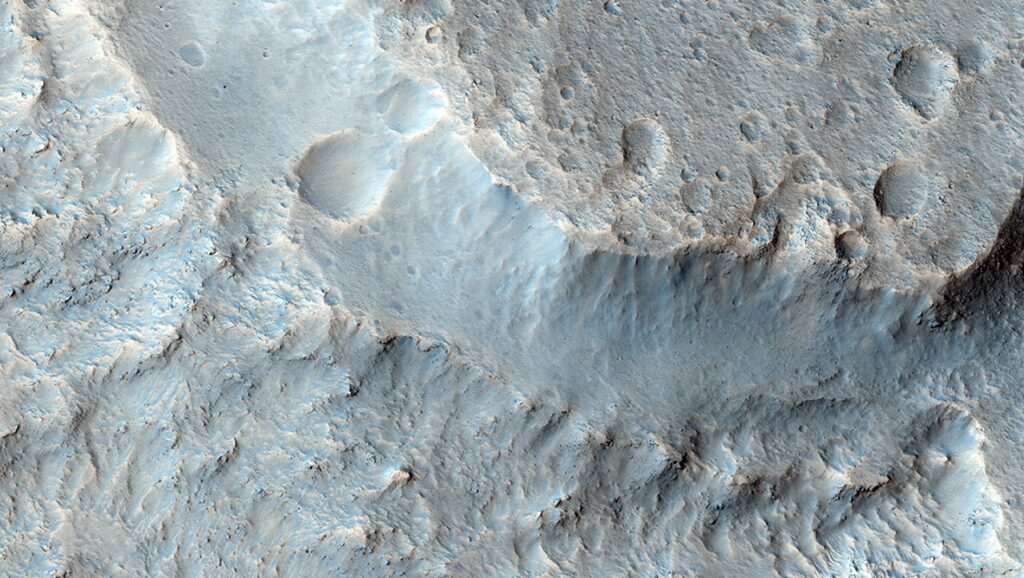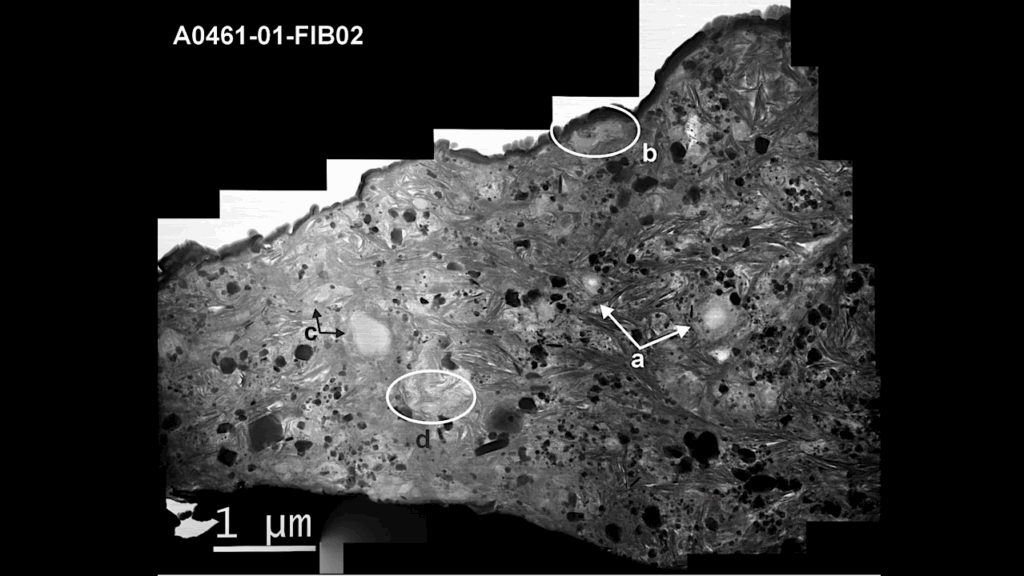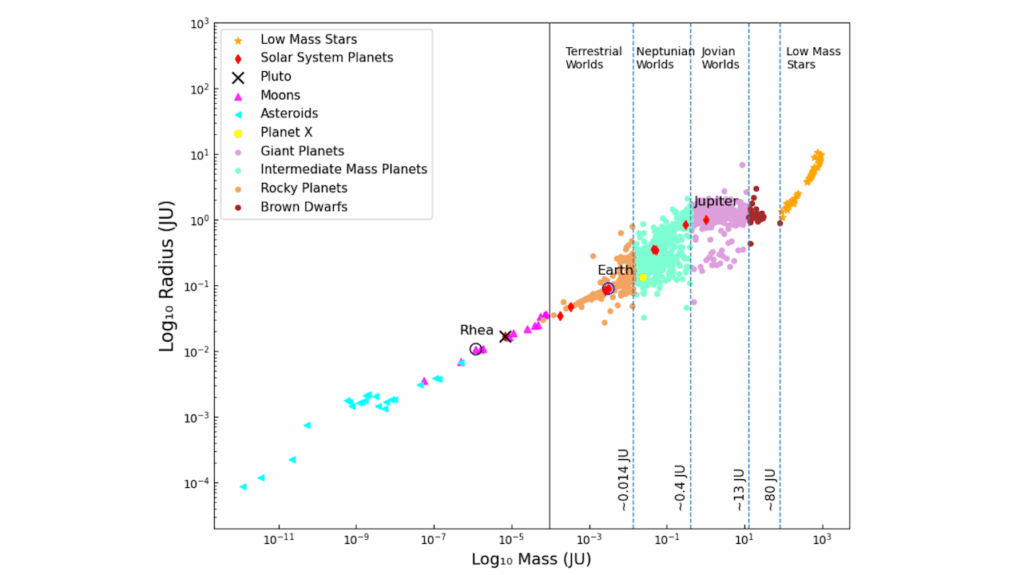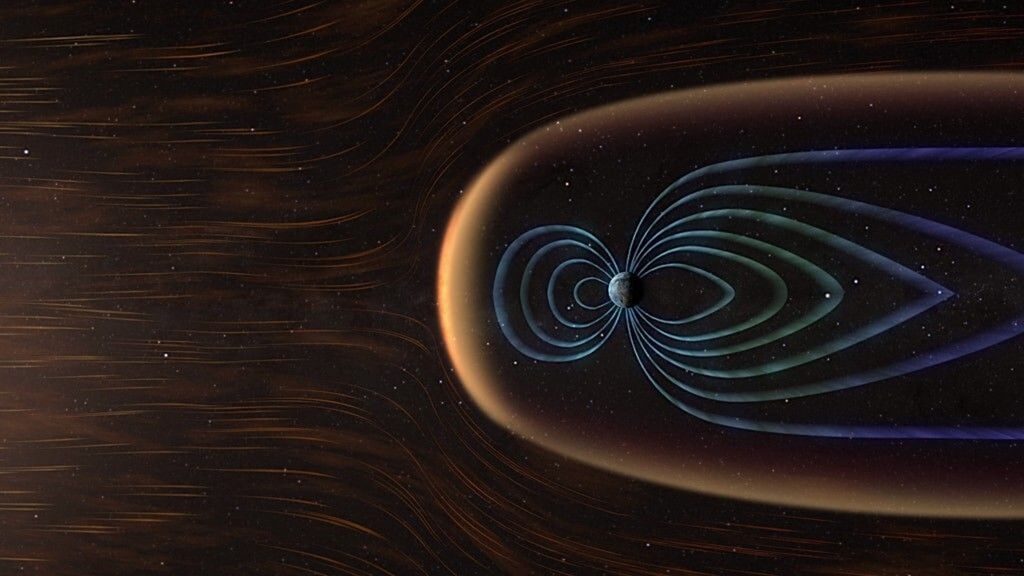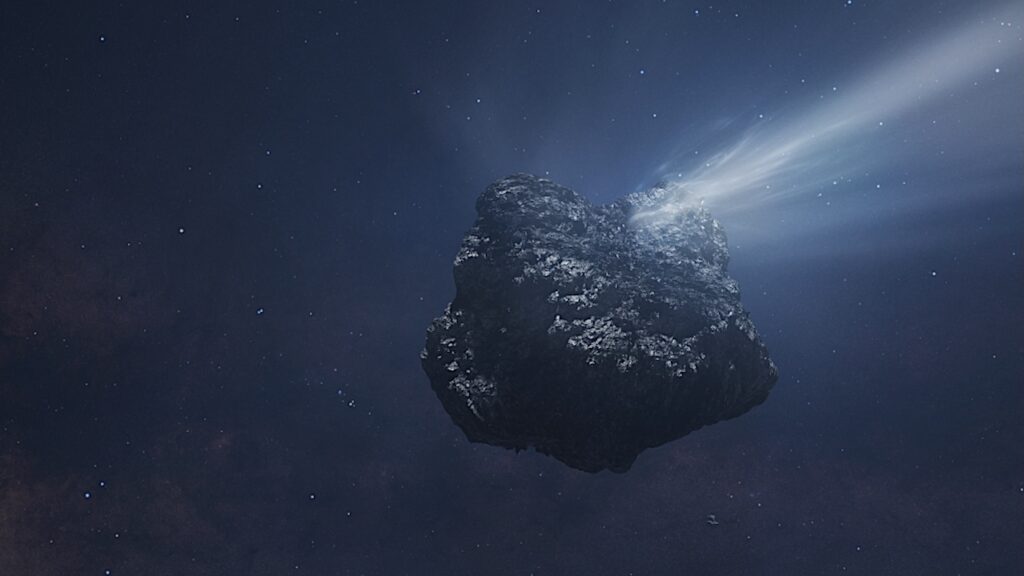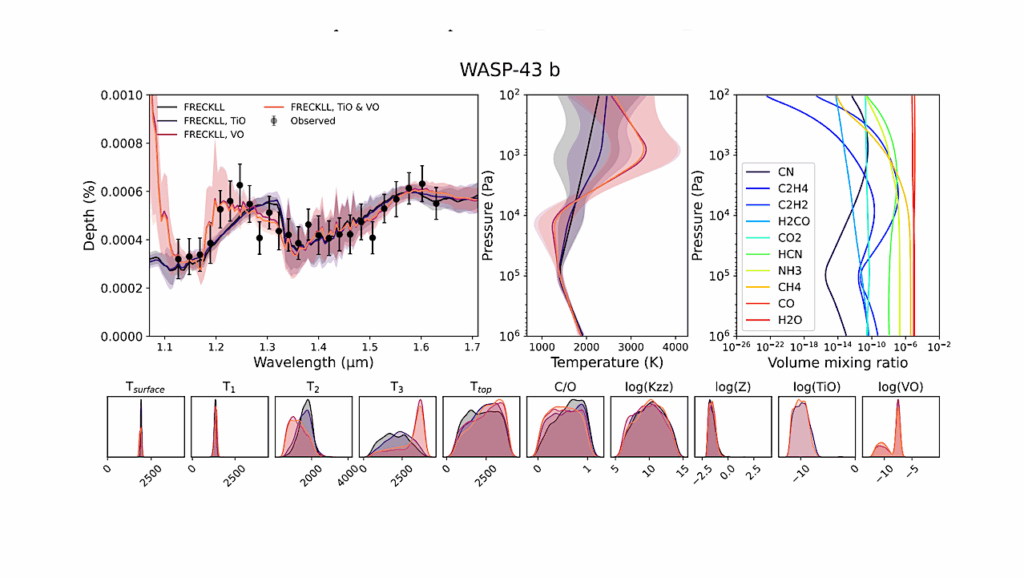Iron‐Oxidizing Bacteria Bloomed in Shallow‐Marine, Subtidal Environments 1.88 Billion Years Ago
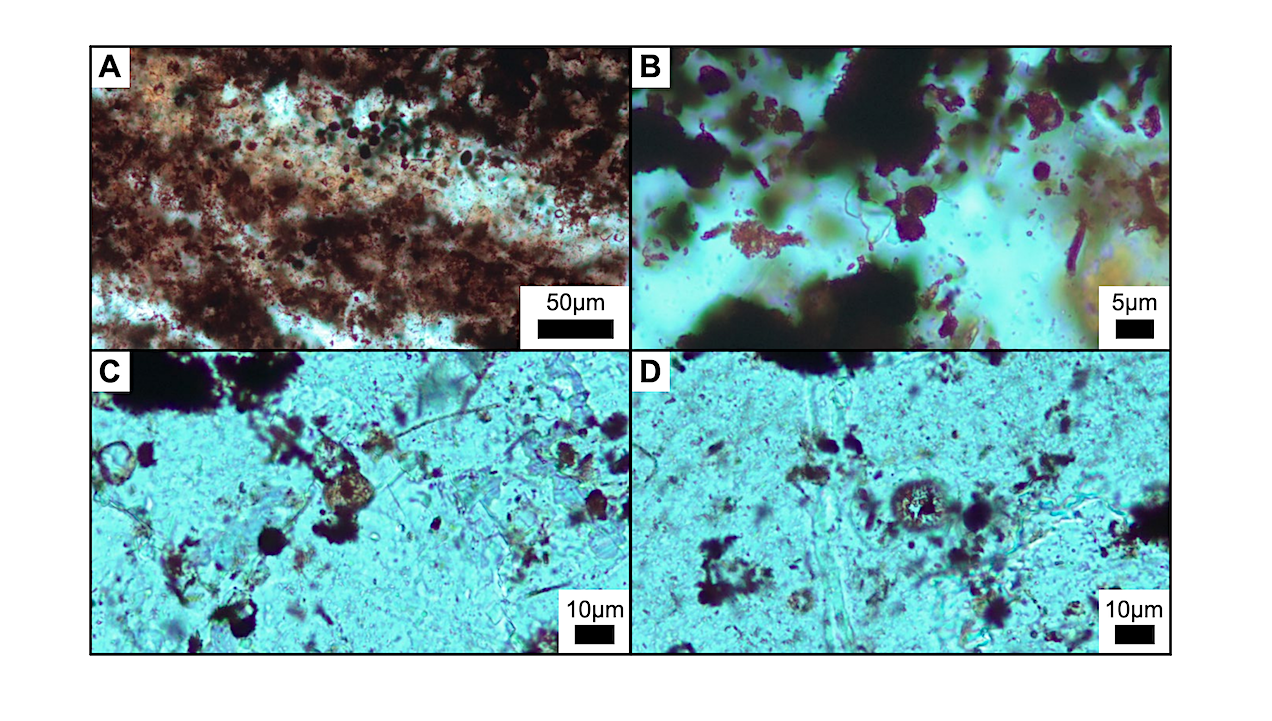
The majority of large iron formations (IFs) were deposited leading up to Earth’s great oxidation episode (GOE). Following the GOE, IF deposition decreased for almost 500 Myr.
Subsequently, around 1.88 Ga, there was widespread deposition of shallow‐water granular iron formations (GIF) within a geologically short time interval, which has been linked to enhanced iron (Fe) supply to seawater from submarine hydrothermal venting associated with the emplacement of large igneous provinces.
Previous studies of Fe‐rich, microfossil‐bearing stromatolites from the ca. 1.88 Ga Gunflint Formation on the Superior craton suggested direct microbial oxidation of seawater Fe2+ (aq) by microaerophilic, Fe‐oxidizing bacteria (FeOB), as a driver of GIF deposition. Although Fe‐rich, microfossil‐bearing stromatolites are common in 1.88 Ga GIF deposits on several cratons, combined paleontological and geochemical studies have been applied only to the Gunflint Formation.

Map and stratigraphy of the Paleoproterozoic East Arm basin. (A) Geologic map of the East Arm of the Great Slave Lake (adapted from Van Breemen et al. 2013) showing the location of the type and Viren Island sections with black arrows. (B) The inset map shows the present-day position of tectonic units in northwest Canada (adapted from Van Breemen et al. 2013); GSLsz, Great Slave Lake shear zone; WF, Wopmay Fault. The area within the blue box is the approximate location of the East Arm of the Great Slave Lake where studied material was collected. (C) Stratigraphic column of the Type section of the Gibraltar Formation. — Geobiology via PubMed
Here, we present new paleontological and geochemical observations for the ca. 1.89 Ga Gibraltar Formation GIFs from the East Arm of the Great Slave Lake, Northwest Territories, Canada. Fossil morphology, Rare Earth element (REE) concentrations, and Fe isotopic compositions support Fe oxidation by FeOB at a redoxcline poised above the fair‐weather wave base.
Small positive Eu anomalies and positive εNd (1.89 Ga) values suggest upwelling of deep, Fe‐rich, hydrothermally influenced seawater. While high [Fe2+ (aq)] combined with low atmospheric pO2 in the late Paleoproterozoic would have provided optimal conditions in shallow oceans for FeOB to precipitate Fe oxyhydroxide, these redox conditions were likely toxic to cyanobacteria. As long as local O2 production by cyanobacteria was strongly diminished, FeOB would have had to rely on an atmospheric O2 supply by diffusion to shallow seawater to oxidize Fe2+ (aq).

(A) Outcrop, (B and F) hand sample, and (C–E, G, and H) thin-section photomicrographs of granular/oolitic iron formation and Fe-rich stromatolites. Note that chert cement filling intergranular space helped to protect grains from compression and dissolution. (C and D) Photomicrographs showing Fe-rich and Si-rich ooids. Grains with oolitic texture typically contain a massive, opaque, metallic hematite core. Ooids contain alternating Fe-oxide- and Si-rich lamina. Some Fe-oxide-rich lamina consist of massive, opaque, metallic hematite (C), whereas others contain tightly packed dusty hematite in a chert matrix (C and D). Silica-rich lamina usually contains dusty hematite, tinting the lamina dull maroon to bright red (C and D). Where primary, internal textures are overprinted, fine, bright-red, bladed, hematite crystals float in a cherty matrix (E). Fe-rich stromatolites contain interlaminated Fe-, Si-, or carbonate-rich lamina. (F) Photo of hand sample, (G) thin section, and (H) photomicrograph, showing columnar stromatolite with alternating Fe-oxide and Si-rich lamina, similar to that of Fe-rich oolitic granules. Stromatolite lamina developed on Fe-rich, sand-size granules is in the bottom ~0.5 cm of photomicrograph G. — Geobiology via PubMed
Using a 1‐D reaction dispersion model, we calculate [O2(aq)] sufficient to deplete an upwelling Fe2+ (aq) source. Our results for GIF deposition are consistent with late Paleoproterozoic pO2 estimates of ~1%–10% PAL and constraints for metabolic [O2(aq)] requirements for modern FeOB.
Widespread GIF deposition at ca. 1.88 Ga appears to mark a temporally restricted episode of optimal biogeochemical conditions in Earth’s history when increased hydrothermal Fe2+ (aq) sourced from the deep oceans, in combination with low mid‐Paleoproterozoic atmospheric pO2, globally satisfied FeOB metabolic Fe2+ (aq) and O2(aq) requirements in shallow‐marine subtidal environments above the fair‐weather wave base.
Living in Their Heyday: Iron‐Oxidizing Bacteria Bloomed in Shallow‐Marine, Subtidal Environments at ca. 1.88 Ga, Geobiology via PubMed (open access)
Astrobiology


